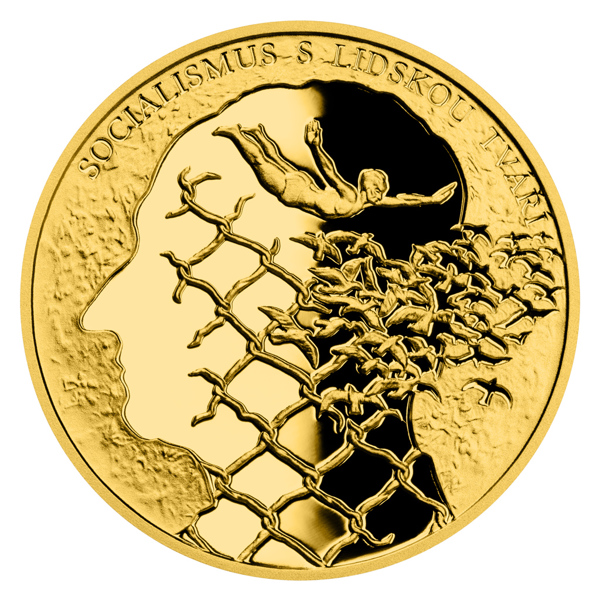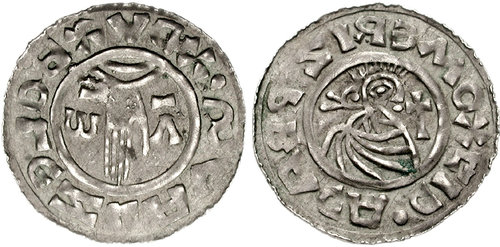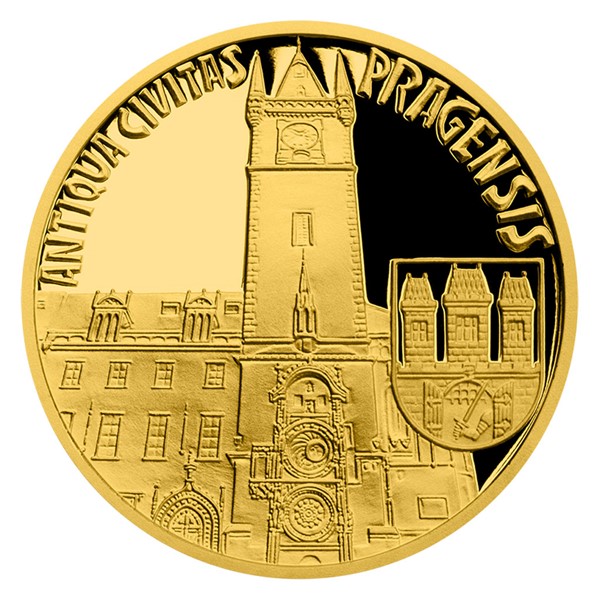Free Advice To Coating Czechoslovakia Coins
Free Advice To Coating Czechoslovakia Coins
Blog Article
How Is A Plaster Replica Taken To Be Scanned To Create An Exact Digital 3d Model Of Gold Medals Or Coins?
Scanning a model of a plaster to create a 3D digital model of gold coins or medals involves using special equipment to capture the physical maquette's details and dimensions in a digital format. This digital replica serves multiple functions during the process of production.
3D Scanning- High-resolution, 3D scanners are used to record the dimensions and details of a plaster model. These scanners utilize various methods like laser scanning and structured light to capture precise dimensions and geometrical shapes.
Capturing surface information - The scan emits light beams or lasers on the model. The reflections or distortions caused by these beams can be recorded by the scanner. It records the model's surface information.
Data collection - The scanner collects data as it travels across the model. This creates an electronic representation of the model's contours, geometrical details and more.
Conversion into 3D Model: The data points are reconstructed by specialized software. The model is a representation of the physical dimensions and features of the maquette of plaster.
The reasons to create a Digital 3D Model
Digital 3D replicas are accurate in reproducing the dimensions and details of physical models. It is important to maintain this level of accuracy to make sure that the design and style of the gold medal or coin corresponds to the original.
Digital models can be easily altered and refined. Designers can adjust the 3D model without changing the initial plaster model enabling iterative improvements or corrections.
Compatibleness of Digital 3D Models with Manufacturing Processes. Digital 3D model are compatible with different manufacturing processes, including CNC machine.
Digital 3D designs are able to be archived and used as documentation. Digital models are saved for future use, reproductions or documentation from the past.
By scanning the model and creating digital 3D models that designers and manufacturers can speed up the process of production to ensure accuracy when replicating, and leverage advanced manufacturing techniques to create gold medals or coins with a high degree of precision and fidelity to the original concept. Read the most popular Scanning and 3D Modeling Czechoslovakia gold medals site tips. including gold coins and bullion, 1oz of gold, gold sovereign, 1999 gold quarter, buy gold coins, bullion dealers, krugerrand, price of 1 oz of gold, 1 10 oz american gold eagle, gold quarter and more. 
How Can Highly Skilled Engravers Improve Gold Medals Or Coins Designs?
The expertise of highly skilled engravers on the dies or hub is vital to enhancing and improving the design. Their experience allows them to add intricate details and refine the design. How did they achieve this? Evaluation of Working Hub
Engravers look at the working hub, or die, that is created by the Janvier or master hub. They examine the design's accuracy, depth and overall quality.
Correction of imperfections
Engravers address any imperfections or imperfections in the transferred design. They may employ precision tools to correct minor errors and adjust the depth or refine specific elements in order to ensure accuracy and uniformity.
Enhancing Details
Highly skilled engravers employ special tools for engraving, like burins and pneumatic engraving machines. They provide elaborate details to designs. They employ special engraving tools to add intricate details.
Depth & Dimensional Enhancement
The engravers alter the depths and contours of the design to give it visual depth and dimensionality. This process involves changing the depth of cuts to emphasize specific features and create the illusion of realism.
Texture and Finishing Additions
The appeal of a design could be enhanced by adding textures or finishing certain areas. To create different textures on surfaces techniques like stippling frosting or shading can be used.
Quality Control and InspecQuality Control and Inspection
Engravers will conduct multiple checks and inspections throughout the process of engraving to ensure that their engraved designs meet the requirements of clarity and accuracy.
Collaboration and artistic interpretation
Engravers collaborate with designers or artists to accurately interpret the design. Their creative abilities and interpretations can enhance the design through subtle nuances and refinement of the details that are based on their artistic vision.
Engravers who possess skilled levels are renowned for their precision and artistic skills when it comes to manipulating metal surfaces. Their precise work and attention to the finer details enhance the design of gold coins and medals. This ensures that the final product reflects the aesthetics intended. Read the best Prague Mint gold coin engravers blog examples. including gold and silver buyers near me, bullion gold bars for sale, 50 dollar gold coin, gold and silver bullion, 24k gold bullion, sovereign british coin, $20 gold coin, order gold coins, gold 1 dollar coin, buy gold silver and more.
How Do Dies Get Polished? Ensure That Gold Medals And Coins Have A Perfect Surface?
Hand polishing of dies is essential for production gold coins and medals. This is due to the fact that it allows for a better reproduction of detail. Smooth surfaces allow intricate details to be more easily recreated on the medals and coins.
Quality of the coin or medal is improvedA polished dash guarantees that the struck coins and/or medals have crisp lines, well-defined edges as well as relief. This improves the overall quality and aesthetics of the final product.
Polishing helps to reduce wear and tear in the process of striking. A smooth surface reduces the risk of errors or inconsistencies that are caused to the struck coin or medal caused by rough surfaces.
Consistency of Striking - Hand-polished dies ensure uniformity during the minting process by providing a consistent striking area. It is essential to maintain the accuracy, depth, and quality of the design across multiple coins or awards.
Longevity: Clean and well-polished Dies are more durable. They're less likely than unpolished ones to wear down or become damaged in the process of striking. They have increased durability and longevity, allowing to make more strikes without impacting the quality of the minted products.
Precision and accuracy- Hand-polishing allows the engraver the ability to fine tune and refine certain areas of the die. This will ensure that the details of the coin or medal are replicated precisely. The level of precision contributes to the accuracy of the final product.
Quality Control- Polishing is an integral part of the process to ensure quality. The examination of the die when polishing by hand is a method to spot and correct any defects or irregularities before the striking process.
Surface Finishing - Polishing may create specific surfaces or textures to the struck medals and coins to enhance their visual appeal.
Hand polishing with care of the dies used for gold coins and medals is a critical step in creating high-end accurate, refined, and attractively created products. It can have a major influence on the final product in terms of appearance, durability and consistency. Read the top rated hand polishing Prague Mint gold medals more advice. including best place to buy gold bars, apmex gold, gold medals, gold quarter 2000, 1 10 gold eagle, purchasing silver bars, gold one dollar coin, gold dollar coin 2000, gold biscuit buy, $5 gold coin and more.
How Do Gold Blanks Get Being Fed And Stamped Using High Pressure Into Coin Presses For Minting?
When minting the gold coins and medals are produced by pressing them under pressure. Here's a summary of the steps involved in loading blanks.
The gold blanks are put into the feeder system which is connected to the coin presses. This feeder system assures a steady flow of blanks.
Blanks for Feeding to the Press
The feeding system is designed to guide the blanks one at a time into the chamber for striking. This allows for precise positioning of the blanks.
Alignment and Positioning
The blanks are placed in the press, and then placed into the room for striking, making sure they are centered and perfectly oriented to perform the stamping.
Moving at High Pressure
The coin press puts massive pressure on the gold blanks using two dies: one stationary and one moving. The stationary die is equipped with negative designs on the coin, and the moving die strikes the blank.
Dies hit the blank with a lot of force, transferring the design on its surface. The pressure of the dies imprints the designs, which result in the raised reliefs and the details of the coin or medal.
Repetition of Striking Is Optional
For medals or coins with higher quality such as collector's or proof editions, multiple strikes might be applied to achieve a sharper, more defined appearance or style. Each strike increases the clarity on the blank surface.
Ejection and collection
Once struck, the freshly minted medals or coins are released from the press, and then placed in containers or trays. They are checked for quality control, to ensure that stamped designs meet all standards and criteria.
Post-Processing-
Minted coins or medals may undergo additional processes like edge lettering, edge reeding, or post-strike treatment based on the design specifications or mint specifications.
Stamping gold blanks under pressure is crucial because it creates the desired design on the gold blanks. These are then transformed into finished gold coins or medals ready for circulation, collection or for commemoration. This process demands precision, since any slight variation in pressure or alignment can impact the appearance and quality of the final item. Check out the top minting Czechoslovakia gold coins blog tips. including buy gold biscuits from bank, one ounce gold bullion, silver nickel, gold krugerrand, old silver dollars, gold doubloons, coin 1, 2000 gold dollar, gold silver coins, gold price apmex and more.